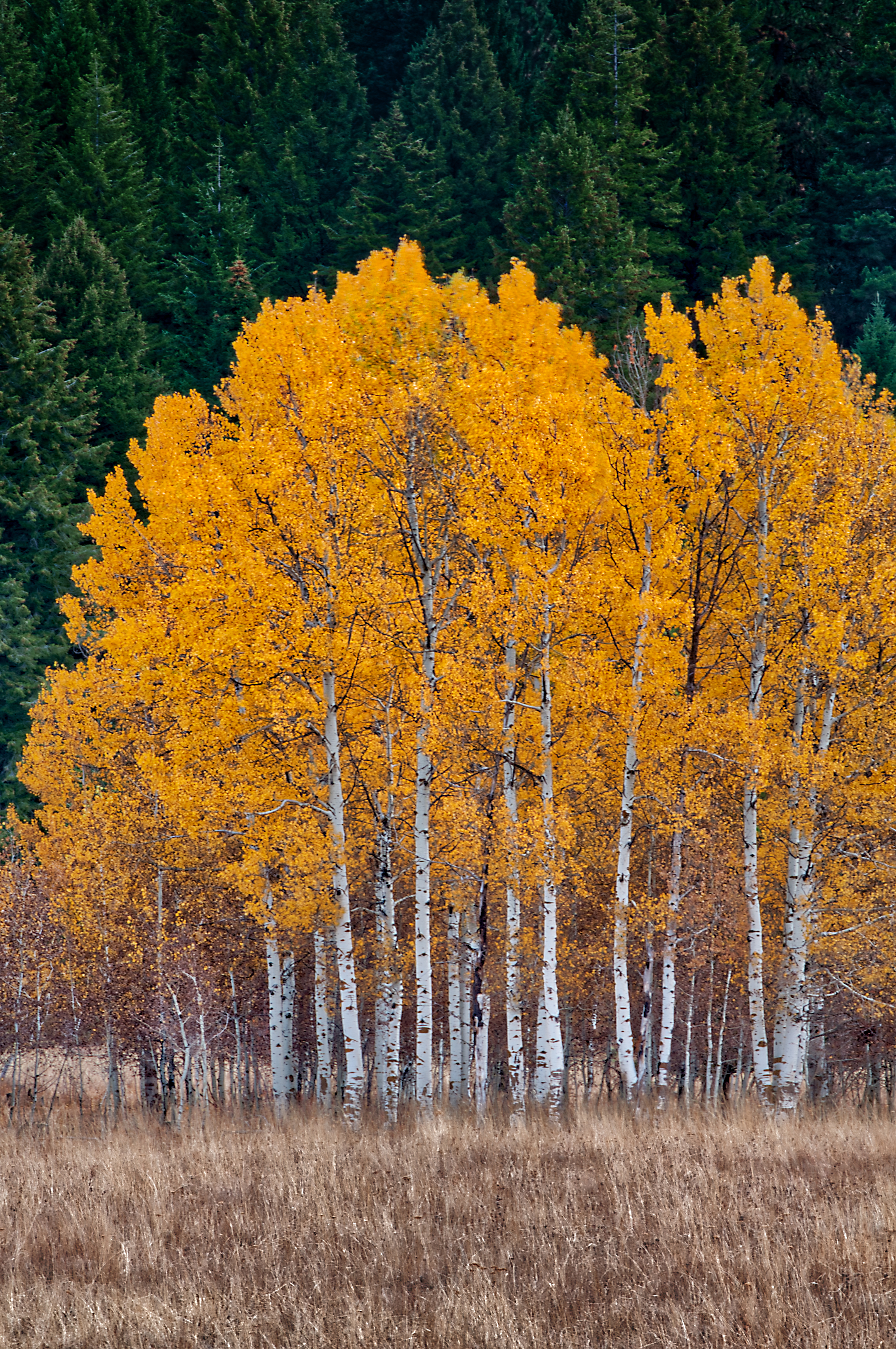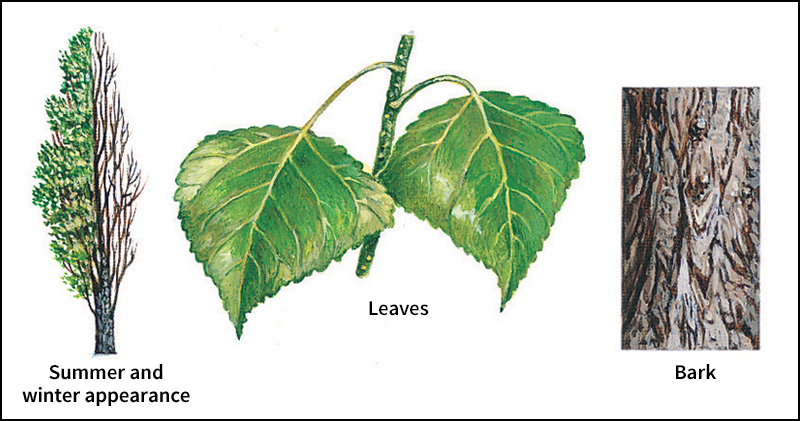Poplar is any one of a group of fast-growing trees that are found throughout the Northern Hemisphere. Aspens and cottonwoods are poplars. About 10 of the 35 species in the group are native to North America. These trees have pointed leaves with wavy, toothed edges. Many kinds of poplars have such flat leafstalks that even a slight breeze will cause the leaves to flutter. Early in the spring, before the leaves appear, small greenish flowers form in drooping clusters called catkins. Tiny seeds are hidden in fluffy, cottony hairs that make it easy for the wind to carry them through the air.


Poplars grow best in moist places. They grow easily from cuttings (cut twigs). People often plant poplars for shade trees because they grow fast. But poplars do not live long. Also, their roots tend to clog underground drainpipes and sewers. For this reason, it is illegal in some cities to plant poplars along streets.
Poplar wood is whitish or light brown. The wood is also soft, light, and weak. Manufacturers use it to make boxes and crates. Papermakers use it for paper pulp and to make excelsior (wood shavings used for stuffing furniture and for packing breakable objects).
Balsam poplar, or tacamahac, grows across Canada. It lives as far north as trees will grow and south to the northern United States. The sticky buds and young leaves have an odor of balsam. Honey bees use the fragrant gummy substance to waterproof their hives. Balm of Gilead, a cultivated variety, has heart-shaped leaves.
The white poplar has leaves that are silvery white beneath and have three or five lobes like a maple leaf. The bark on the branches is white. The Lombardy poplar is tall and narrow and has diamond-shaped leaves. Its branches point upward. The white and Lombardy poplars are native to Europe and have been introduced into the United States. People often planted these poplars in rows in formal gardens and for roadside landscaping. But their popularity as landscape trees has declined because they are easily damaged by insects, wind, and disease. These trees do not produce seeds.
The Carolina poplar is a hybrid derived from the native eastern cottonwood and the black poplar from Europe. This type has triangular leaves. It can endure city smoke and dust and often is seen growing in large cities. All Carolina poplar trees are male and do not produce the cottony seeds found in other varieties.
